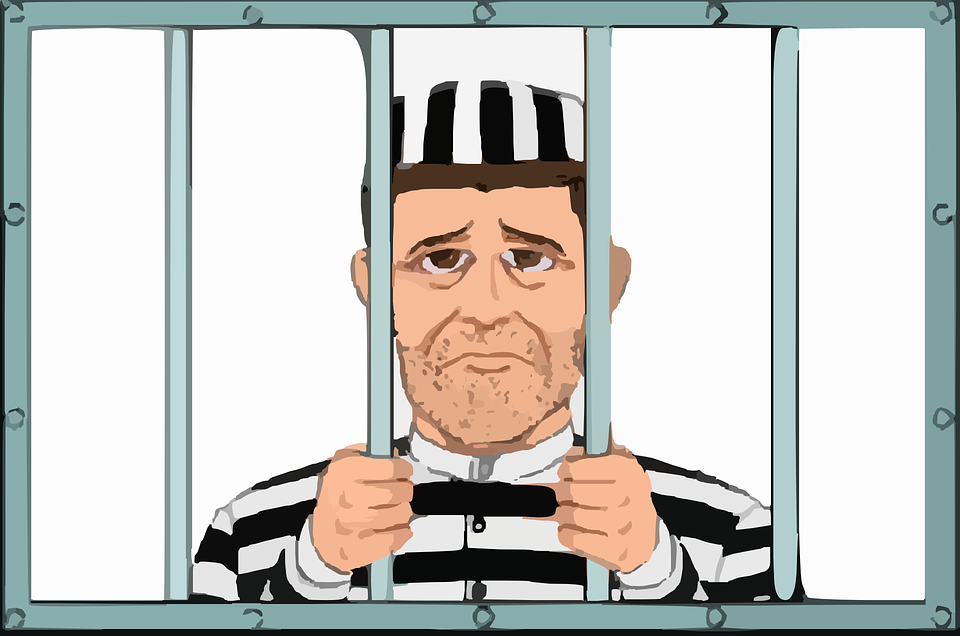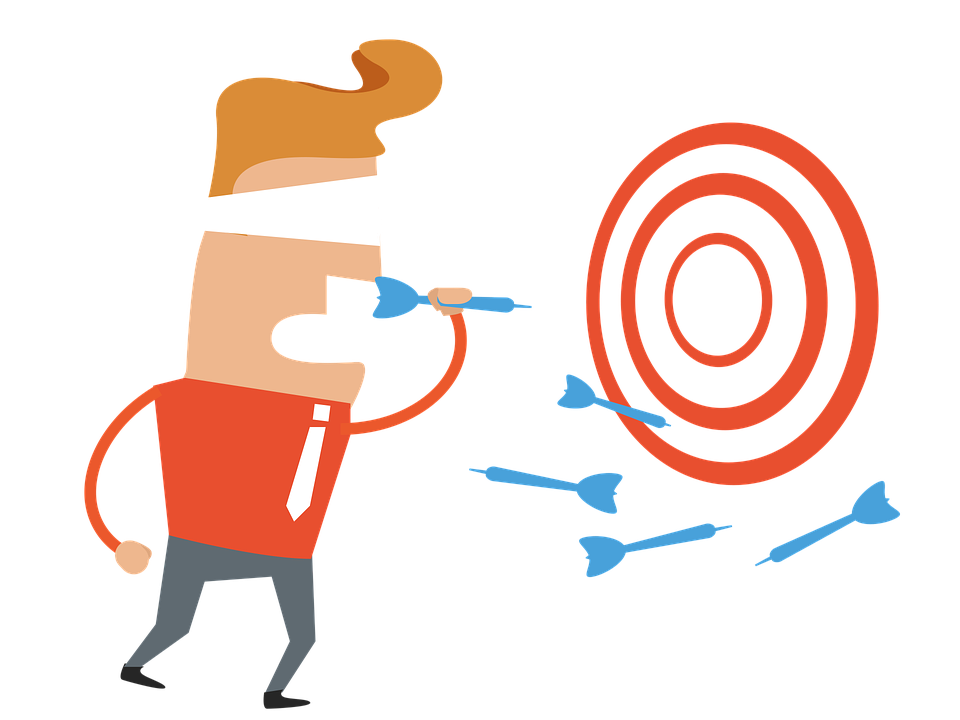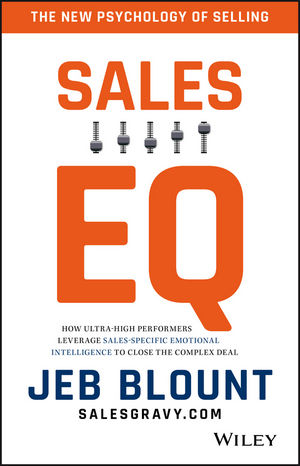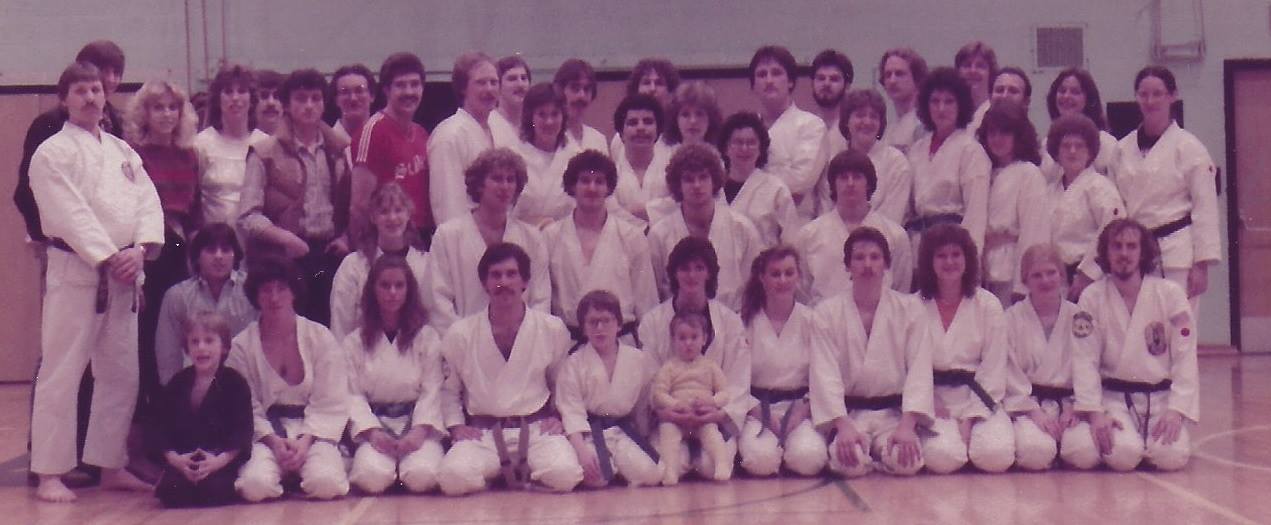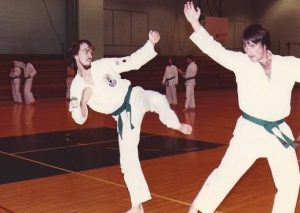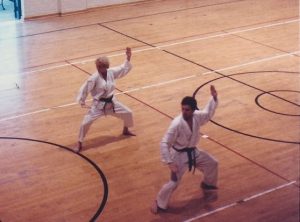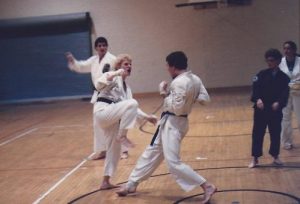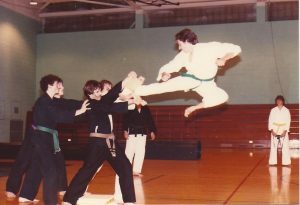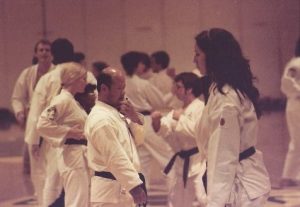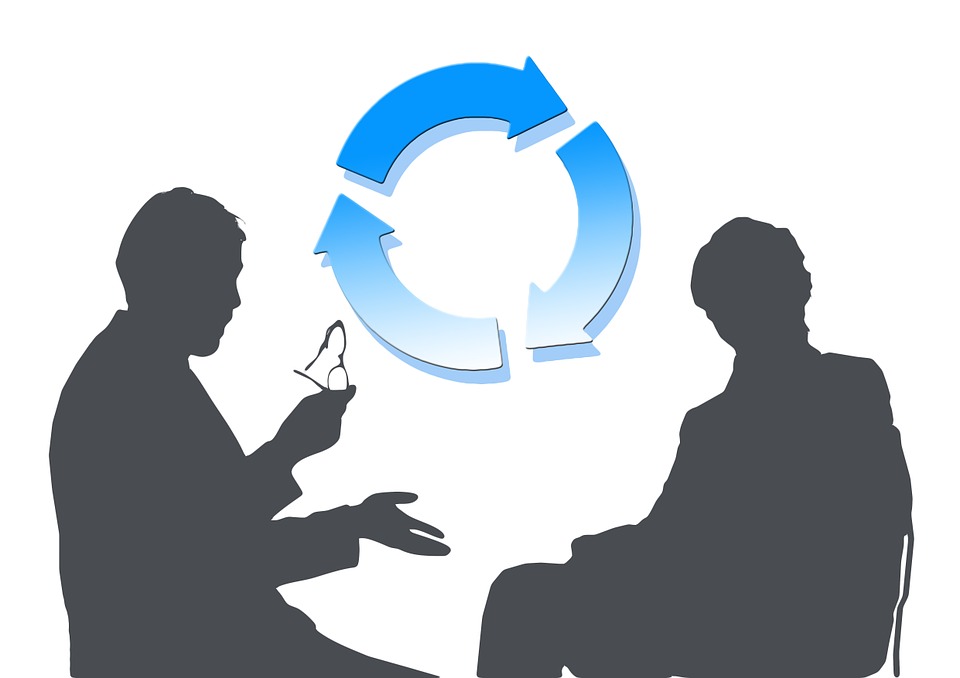Increase Sales Profitably: Put a Collar on Non-Selling Behaviors
What % of your salesperson’s time is actually spent selling today? (are you sitting down?) The average salesperson is spending less than 20% of what I call “sellable time” actually doing sales behaviors today. That’s a problem, a big sales problem we need to fix to keep our sales leaders, owners and shareholders happy. In this post we will discuss how to put a collar on non-sales behaviors.
Meet Duke, pictured above. He is our current Lab rescue. Our family fosters Labs, and Lab mixes for the Lake Erie Lab Rescue. (an awesome non-profit organization of people who love animals) When the rescue found Duke he was a hot mess: two ear infections, could not put weight on a hind leg, underweight by about 20 lbs., lime disease, and also anemic.
For the last few months we developed a plan to bring him back to health so we could find him a forever home. Our plan had very specific behaviors we executed, tracked and even logged on medical forms. We gave him various medicines and a special food. We slowly started walking him and exercising him including water therapy. We put drops in his ears and basically loved on him. He was not thrilled about all these new behaviors but is a gentle old soul and went along with it.
The last thing we always do before adoption is spay or neuter. The surgery went great and Duke came home. To insure the incision healed we had to make sure Duke did not bother it. We corrected him many times but his nature was to lick the incision and it started to get infected. So we collared this behavior with a cone he wears for a few weeks.
So what does a lab rescue with a cone collar have to do with growing your sales profitably?
I thought you would never ask!
If you want to increase your sales profitably and create sales velocity for years to come you need to reinforce the sales behaviors you have seen that drive profitable sales and collar non-selling behaviors.
Like what?
If you read my content you know I have served many companies in a variety of markets both domestic and international over the last 35 years. At the fear of sounding like an attorney, the answer to what behaviors drive profitable sales for you depends. It depends on your company, markets and what your buyer’s journey looks like. That is why we do voice of the customer work and data analysis before we develop strategies and plans.
If you have done your voice of the customer work you understand what your buyers want and need in their buying journey. You know their buyer personas, and the value drivers for their businesses.
I have worked with 1,000’s of salespeople that have been on my teams and on distributor sales teams and some of the common behaviors I have seen salespeople doing include:
Lead Generation
Building and leveraging relationships
Qualifying opportunities
Qualifying prospects
Qualifying leads
Follow up
Making presentations
Servicing customer needs for information on deliveries
Account management
Networking
Trade shows/ Industry conferences
Territory management
Creating monthly email newsletter blasts
Training and education
Training accounts and distributors
Handling Quality issues
Helping AR collect past due funds
Searching for content
Driving and transportation
Creating new customer target lists
Lead nurturing campaigns
Writing content for industry articles and trade publications
Weekly reports
Call reports
CRM updates
Phone calls
Emails
Social Selling
Customer visits to your plant or corporate office
Applications advice
Helping customers sort parts that may have quality issues
Visiting end users with distributors
Tracking order status
Expediting ship dates
Finding out why orders did not ship on time
Dealing with product damages that occurred in shipping
Reviewing plant inventory
Personal Social Media
Personal emails
Webinar training updates
Team sales meetings
Product demonstrations
Creating content
Working with field service to resolve customer problems
Entertaining customers
Booking hotel rooms
Booking airfare
Booking rental cars
Expense reports
Family time
Workout time
Plant tours with customers
Driving late orders to customers
Picking up material and driving to your plant to help make late order re-promises
Meeting with customer engineers and influencers
Meeting with other buyers at key accounts
Meeting with C-suite executives at key accounts
Product installation and repair
Monitoring and helping with product tests
Distributor training
Distributor management
Customer audits and assessments
Computer and IT issues
Booking advertisements
Managing point of purchase
Ordering content for customers and distributors
Company vehicle cleaning and maintenance
Ordering and stocking sales tools
Creating new sales tools
Customer events and outings
And you thought you had a lot to do…
Is it any wonder when we ask salespeople why they are not prospecting for new business at current and new accounts say it is because they are too busy?
Is it any surprise we find the below statistics for sales teams today?
The Average Salesperson spends less than 20% of their time selling today
30% + of time searching for sales tools (or building them and that’s really scary)
40%-50% administrative
10%+ non-selling activities
Multitasking decreases productivity by 20-40%
Workers waste an average of 40% of their workday because they have never been taught organizational skills and how to focus on behaviors that matter.
I have yet to meet a salesperson that is not busy. We are all hard working competitive people and the top performers are seen as strategic advisors by their customers.
The question becomes: is your sales team busy doing the behaviors you know drive profitable sales based on the VOC work and sales analysis data, or are they just busy?
Here’s the deal…some salespeople believe if they are busy they are safe. So they get real busy. How do they determine what to do? There is a high probability they are doing what their sales manager did when they were in sales. They are prisoners to an out-dated sales process…Let that sink in a minute or two.
“You mean to tell me my salespeople are doing the behaviors my sales team did say 20 years ago? 20 years ago before we had a customer service department, the Internet, a CRM system, a formal sales process? Before we spent all that money with the consulting firm? Before invested in new IT systems? Before we invested in a marketing department?
Yep!
Salespeople, like all of us, will gravitate to their comfort zone of behaviors they like to do. If someone has been in sales for any length of time they likely spend a great deal of time in service and relationship activities.
One last consideration is fear. Sales people have been managed (not led, true leaders inspire and motivate they do not use fear) by fear for years. If you are fear filled the creative and strategic part of your brain shuts off. So they do not see what behaviors drive the best results so they do what they are told and stay “busy” to feel safe. They are in fight or flight mode.
The shame is busy salespeople lack focus and they often experience problems and not hitting their sale numbers like 70% of the sales people and then what do you do? We put them on a PIP…performance improvement plan and share what happens if they don’t improve. Then we see behaviors that really hurt the bottom lines like unnecessary discounting, extended payment terms, promises our products and services could never meet. This results in more fear, even more busy behaviors, more stress, altercations with other departments and so it goes.
How do we put a collar on non-sales behaviors?
Do your voice of the customer work
Create buyer personas
Map buying journey and what buyers need today to make a buying decision
Mirror your sales process to the buying process
Determine the behavior your data shows drives sales velocity today
Determine the top 5 behaviors that drive the sales you want
Train your sales leaders
Train your sales people
Train support departments on new sales process and how they help
Establish / reinforce service expectations for support departments
Track support indicators weekly
Create leading indicator behaviors sales must execute
Measure those behaviors
Have sales report on those behaviors weekly and in each coaching discussion
Coach those behaviors on four legged sales calls with your team
Coach sales to eliminate, put a collar on non-selling behaviors
Inspect what you expect
Reinforce behaviors you want
When we implemented the above in a number of companies we experienced:
- Sales growth exceeding 20%-40% year over year
- Gross profit increases of 6%-10% in 18 months
- Customer satisfaction increase
- New business increases at current accounts
- New customers (one company realized over 200 new large accounts in 12 months)
- Sales close rate increases of 30%-50%
- Improved moral inside sales team
- Improved sales efficiency
- Reduced cost of customer acquisition
- Improved relationships with other departments
- Reduced marketing expense
- Improved engagement form entire team
- Reduced turnover
- Reduced recruiting expenses
If you want profitable sales increases you must focus your sales teams behaviors on those activities that drive the maximum return. When your sales team is aligned with what buyers have shared they need and you deliver it when they need it in their buying process your team too will experience the healthy sales results above too.
As for Duke, he is meeting with his new forever family today. He is happy, healthy and not only walking on his hind leg but running! He did not want to do everything we had to do get him strong and healthy but we coached and trained the behaviors that would lead to this day where he will be placed with a loving family, and put a collar on those behaviors that did not support our long term goals.




